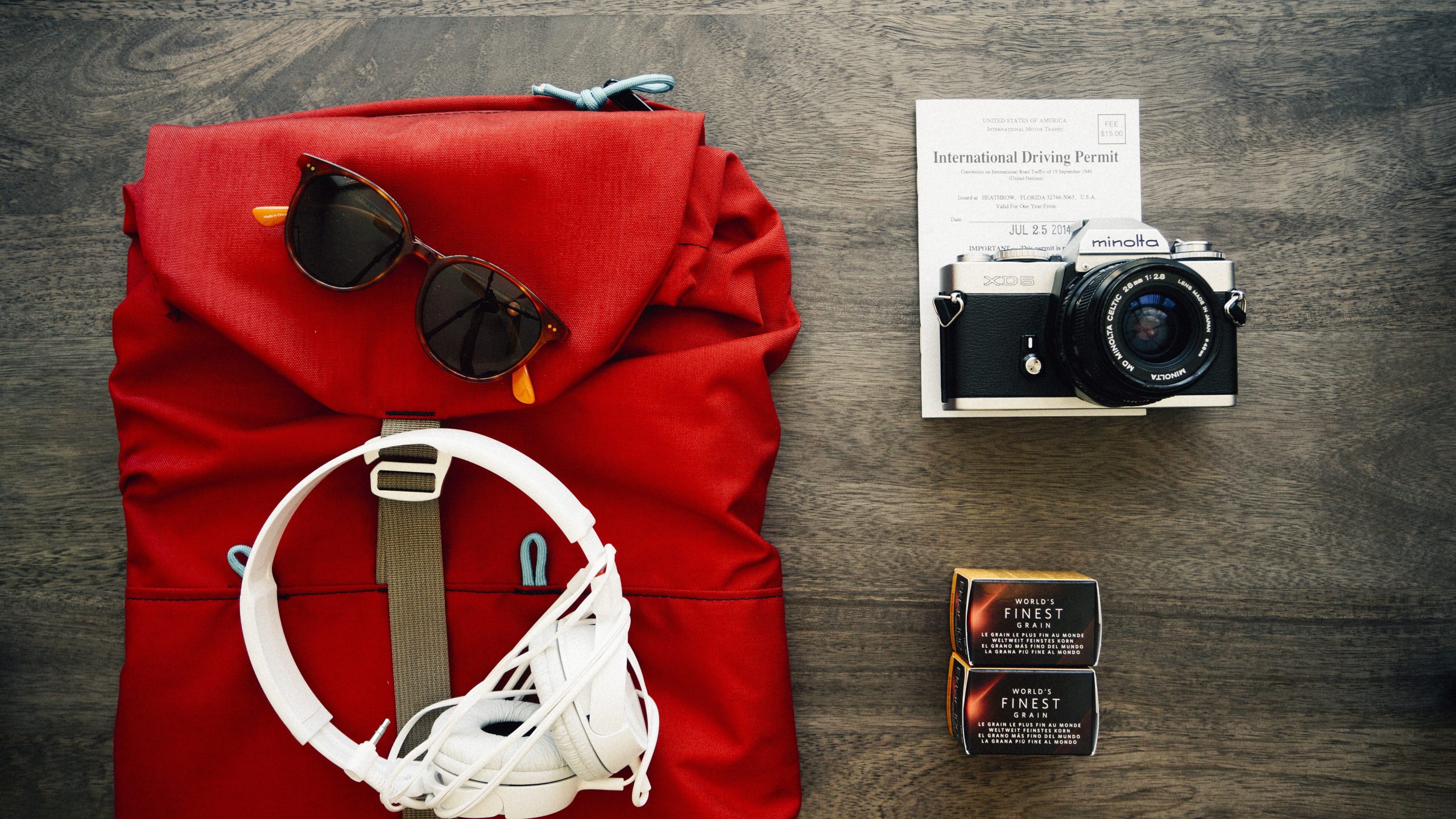Know your trip
It can be a challenge to pack for a journey to Nepal. It is a little bit tricky because of the diverse geography and climate. In general, it is recommended to have both light and warm clothing because the evenings can be quite cool even in the tourist season. Warm clothes are generally a must in mountain areas. Pack after common sense. Also remember that in Nepal, people generally cover up more than in the States, Europe, and Australia. To respect the culture it’s better you do the same, covering shoulders and knees and avoiding low-cut tops.
To guide your a little bit on the way we have listed some things that we believe are necessities while traveling in Nepal. We have divided the lists into “general” and “for trekkers”. All you need for trekking actually already exists in Kathmandu Thamel and Pokhara Lake Side.
General:
- Passport pouch
- A lightweight hiking backpack or daypack
- Hiking shoes if you are planning for some outdoor activities
- A warm sweater
- Power Adapter
- A padlock for locking your luggage
- Insect repellent for the Terai
- A reusable water bottle
- Sunscreen
|
For Trekkers:
- A day pack (30l)
- Hiking boots
- Cargo trousers
- Lightweight down jacket
- Rain jacket
- A merino base layer
- Thick socks
- Trekking pole (available in Thamel)
- Cap/sunhat
- Woollen hat/gloves and scarf
- Wet wipes
- Tissues/toilet paper
- Quick-dry towel
- Torch
- First aid kit
- Portable charger
- Camera
- Filter/chemical tablets to purify water (available in Thamel
|
Climate of Nepal
The climate of Nepal varies with different geographical features and different climatic zones. In the north the winters are cold and the summers are mild while in the south the winters are mild and the summers are tropical.
Nepal experiences six seasons: summer, monsoon, autumn, pre-winter, winter, and spring.
Summer (May to July) is when the hills turn lush and green. The flowers fall and fruits grow in trees. It’s the hottest season and temperatures can reach 30°C and more during heat waves. March and April are also two of the best months to observe orchids in full bloom.
Monsoon (July to September) is when extensive rainy days are observed. The most attractive aspect of this season is the paddy plantations. Trekkers should generally avoid the monsoon season because of muddy trails and the abundance of leeches. July and August are also two of the best months to observe orchids in full bloom.
Autumn (September to November) is cool with clear skies and is the best time to visit Nepal because the skies are the clearest they will be all year and you can see the Himalayan ranges. Temperatures daily are about 25°C and nights are about 10°C minimum. It usually does not rain for more than one or two days during the entire autumn and winter season. Autumn is the most popular season for trekking. It’s also the season of festivals.
Pre-winter (November to January) is the season when the temperatures start to fall and people prepare themselves for the winter. However, the maximum temperatures can still reach up to 20°C.
Winter (January to March) is the coldest season of the year. Especially cold at night with temperatures sometimes below zero. The mountains and some of the hilly areas will be covered with snow.
Spring (March to May) is warm with some rain showers and temperatures around 22°C. This season gives you the chance to see the spectacular rhododendron blooms and is the second-best time to visit Nepal.
Do and Don’ts In Nepal
Dos:
Respect local customs and traditions: Nepal has a rich cultural heritage, and it is important to be respectful of local customs and traditions.
Dress modestly: In Nepal, it is customary to dress modestly, especially in rural areas and places of worship. Avoid wearing revealing clothing, and cover your shoulders and knees when visiting temples or other religious sites.
Be aware of your surroundings: As with any travel destination, it is important to be aware of your surroundings and exercise caution, especially when walking alone or at night.
Use common sense: Use common sense and be mindful of your surroundings to avoid potential risks.
DON’Ts:
Don’t be too pushy: Nepali society is collectivist, which means that the needs of the group are often prioritized over the needs of the individual. Don’t be too pushy or assertive, and be prepared to wait your turn.
Don’t show public displays of affection: Public displays of affection, such as holding hands or kissing, are considered inappropriate in Nepal.
Don’t take photos without permission: In Nepal, it is considered rude to take photos of people without their permission. Always ask before taking someone’s photo.
Don’t litter: Littering is considered disrespectful in Nepal, and it is important to dispose of your trash responsibly.
Overall, it is important to be respectful of local customs and traditions when traveling to Nepal and to use common sense and good judgment to ensure a safe and enjoyable trip.

